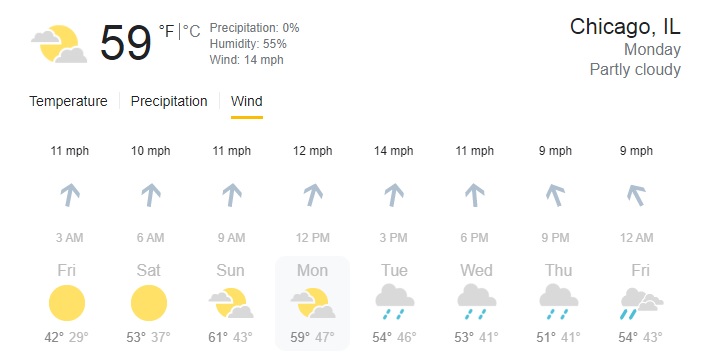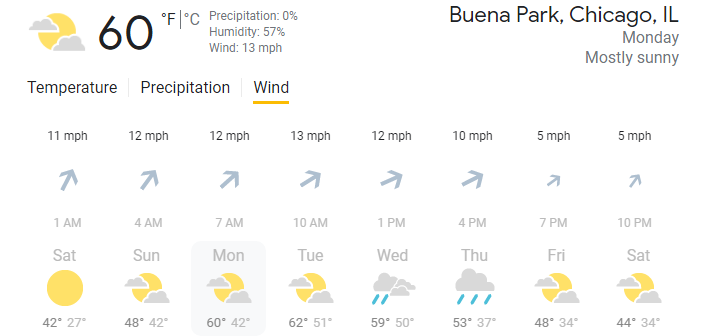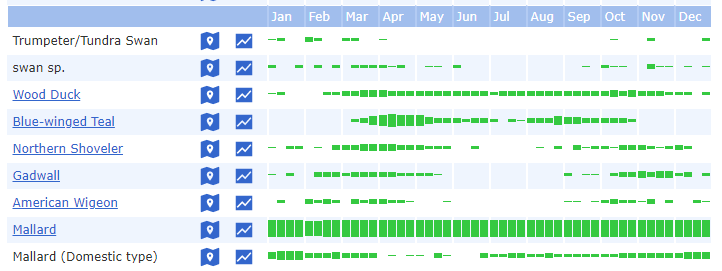
Migrant Chimney Swifts swarming over Montrose Point in Chicago, September 2015 (click to see the larger version)
Probability plays a big part in birding. By probability, I mean using history and what’s expected to aid identification. A good example is identifying swifts. If you see a swift in Chicago, chances are overwhelming it’s a Chimney Swift, the common and regular swift in the Midwest. You don’t have to scrutinize field marks to know, with a high degree of certainty, that a swift in Illinois will be a Chimney Swift. In fact, Chimney Swift is the only swift we see in Illinois – there are no verified records of other swifts in the state as of 2021. Where probability falls short and becomes problematic is if other possibilities for occurrence exist. Chimney Swift may be the only swift recorded in Illinois, but it’s not the only swift species recorded in the Midwest or eastern United States. A check of eBird reveals a handful of records of four other swifts in the United States east of the Mississippi River – Vaux’s, Black, White-throated, and White-collared. If you relied solely on probability for swift identification you could miss something unexpected. Swifts are strong-flying, migratory birds, and the number of vagrant species that have shown up far out of range in the United States warrants not relying solely on probability to identify them. My approach is to use probability as a general guide but to be mindful of other, less likely possibilities if they exist, and be prepared for the unexpected. For the swift example, I’m aware of the less likely possibilities, so I periodically brush up on Vaux’s, Black, White-throated, and White-collared Swift identification. This way I’m at least familiar with the basic field marks of these species.






